Tag: pelvis
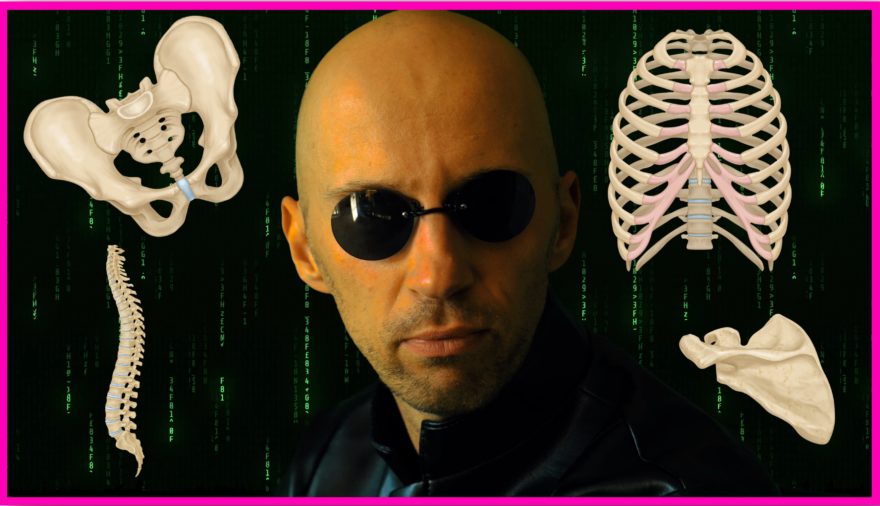
The Best Free Course to Learn Advanced Biomechanics
Struggling with all the confusing breathing stuff on the internet? Learning biomechanics can be so tough because EVERYONE uses confusing…
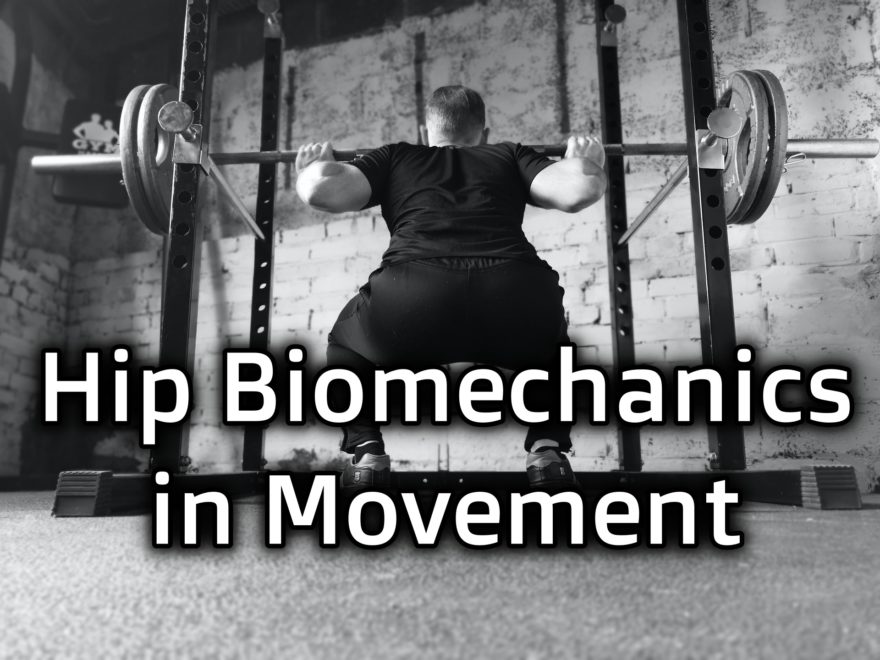
Hip Biomechanics in Movement
If you want clarification on how the hips work when you squat and shift, and navigate through common hip mobility…
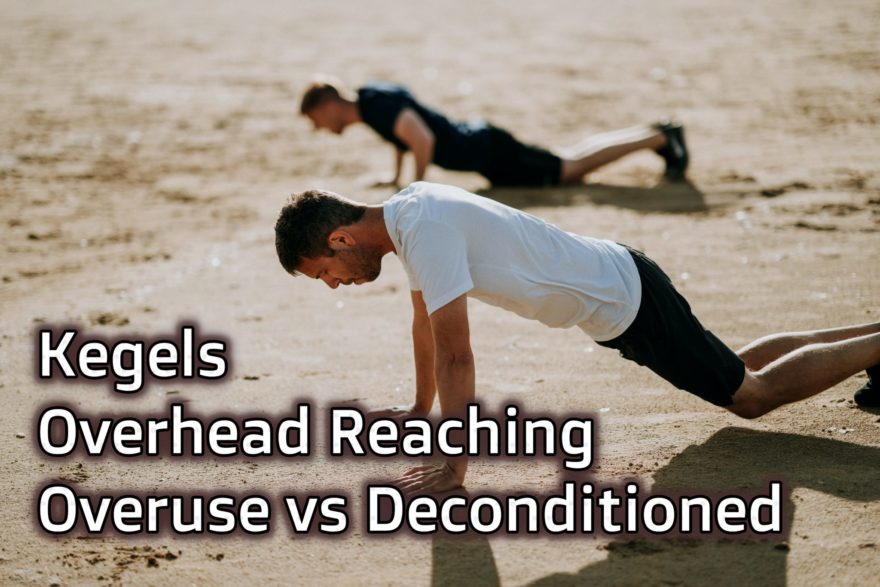
Kegels, Overhead Reaching, and Overuse vs Deconditioned – Movement Debrief Episode 104
Movement Debrief Episode 104 is in the books. Below is a copy of the video for your viewing pleasure, and…
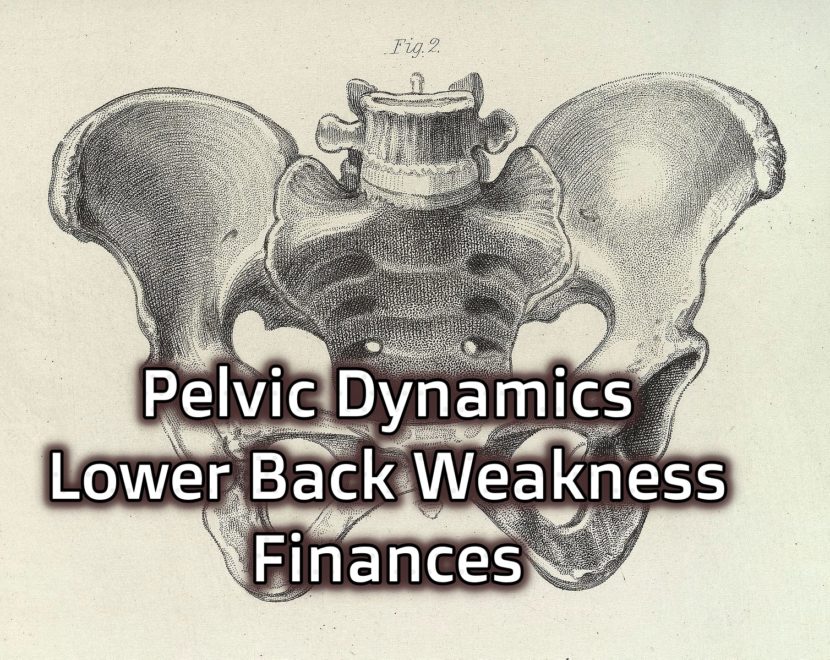
Pelvic Dynamics, Lower Back Weakness, and Finances – Movement Debrief Episode 103
Movement Debrief Episode 103 is in the books. Below is a copy of the video for your viewing pleasure, and…
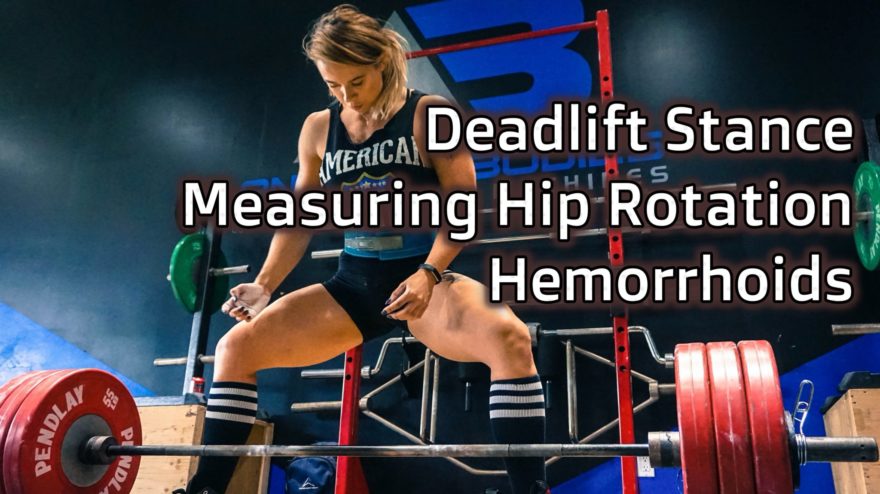
Deadlift Stance, Measuring Hip Rotation, and Hemorrhoids – Movement Debrief Episode 102
Movement Debrief Episode 102 is in the books. Below is a copy of the video for your viewing pleasure, and…
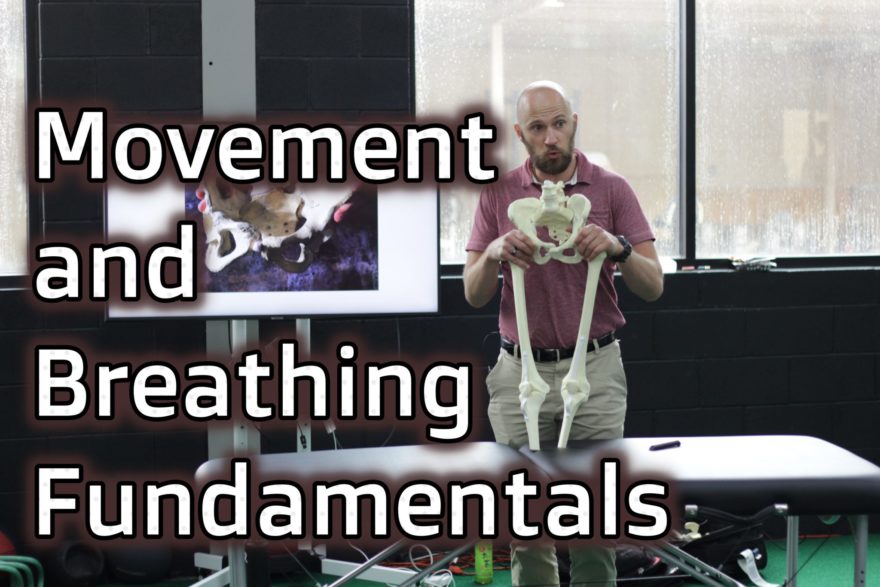
Movement and Breathing Fundamentals
Choosing movements that are best for a client requires knowledge of basic biomechanics. That includes the biomechanics of respiration. Yet…

Staying Current, Tennis Elbow, and Obers Test – Movement Debrief Episode 87
Movement Debrief Episode 87 is in the books. Below is a copy of the video for your viewing pleasure, and…

Next Level Lower Body: Pelvis Mechanics and Single Leg Exercise
Want to develop a comprehensive approach to restoring movement to help someone in pain? An approach that allows you to…
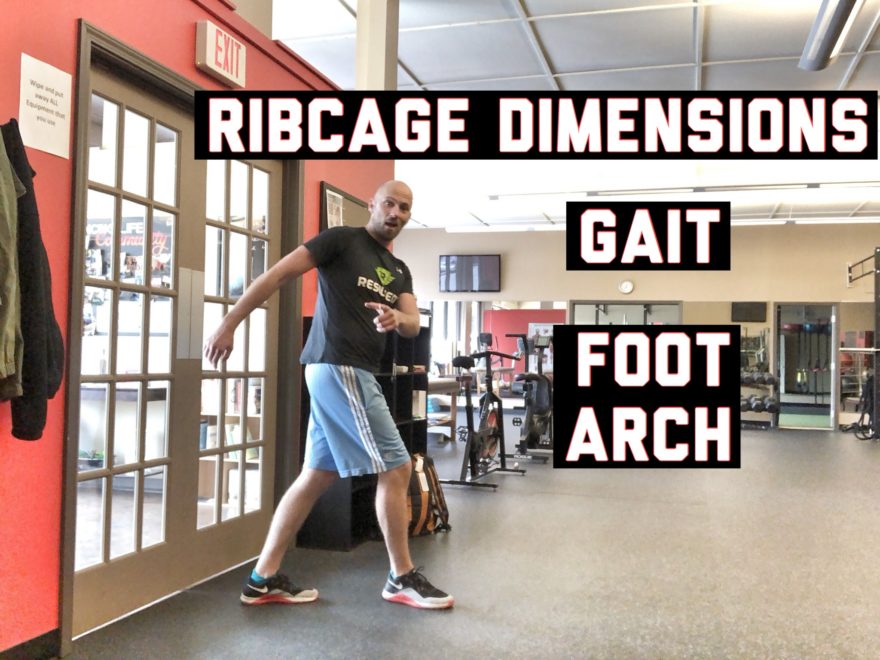
Ribcage Dimensions, Gait, Foot Arch – Movement Debrief Episode 56
Movement Debrief Episode 56 is in the books. Below is a copy of the video for your viewing pleasure, and…
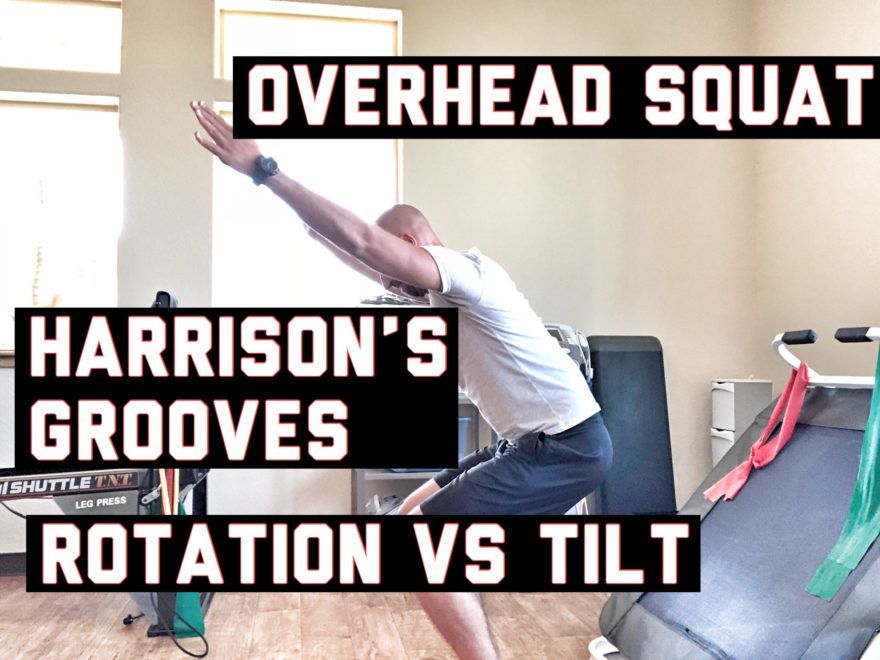
Rotation vs Tilt, Harrison’s Grooves, and Overhead Squat – Movement Debrief Episode 53
Movement Debrief Episode 53 is in the books. Below is a copy of the video for your viewing pleasure, and…
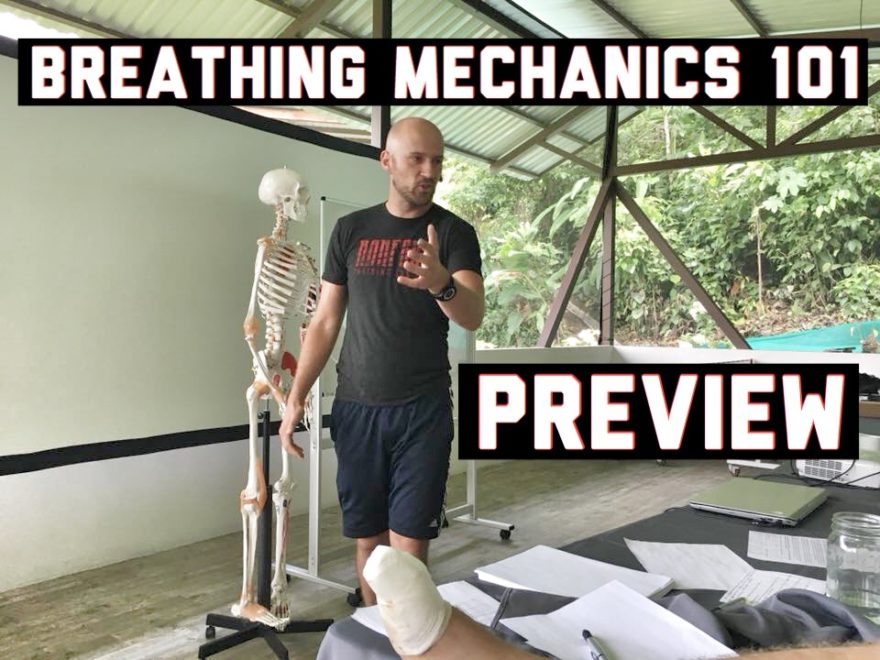
Breathing Mechanics 101 Preview
Below is a preview of a talk I gave in Costa Rica all about ribcage and respiratory mechanics. It’s a…
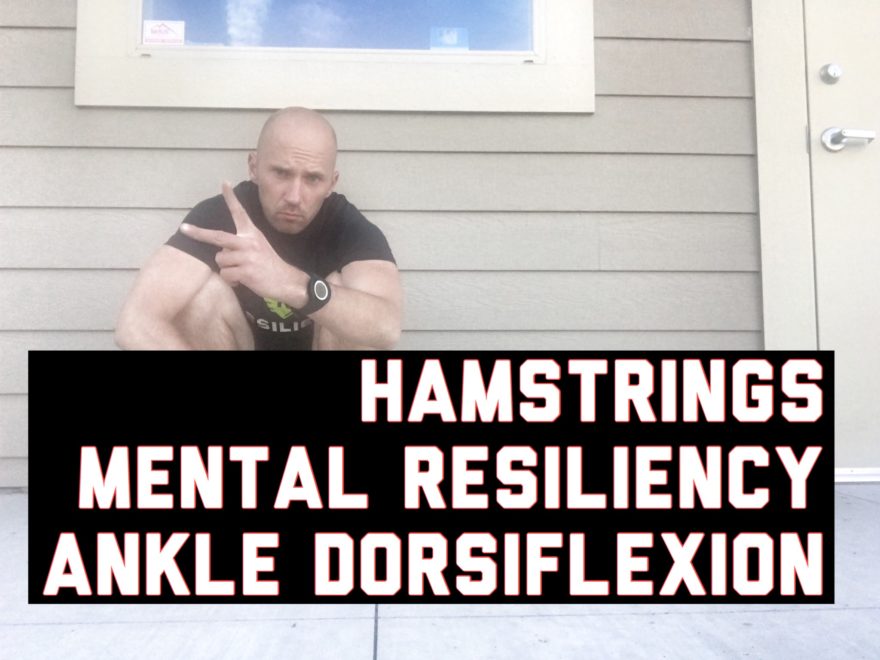
Hamstrings, Mental Resiliency, and Ankle Dorsiflexion – Movement Debrief Episode 47
Movement Debrief Episode 47 is in the books. Below is a copy of the video for your viewing pleasure, and…
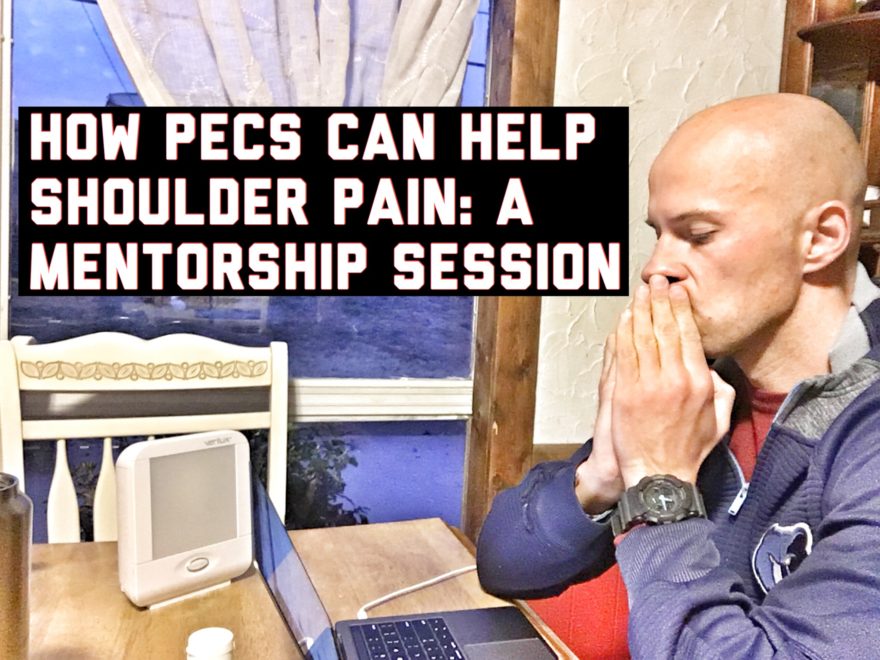
How Pecs Can Help Shoulder Pain: A Mentorship Session
I recently did a mentorship session with my good friend, movement consultation partner, functional medicine guru, and #bae, Dave Rascoe…
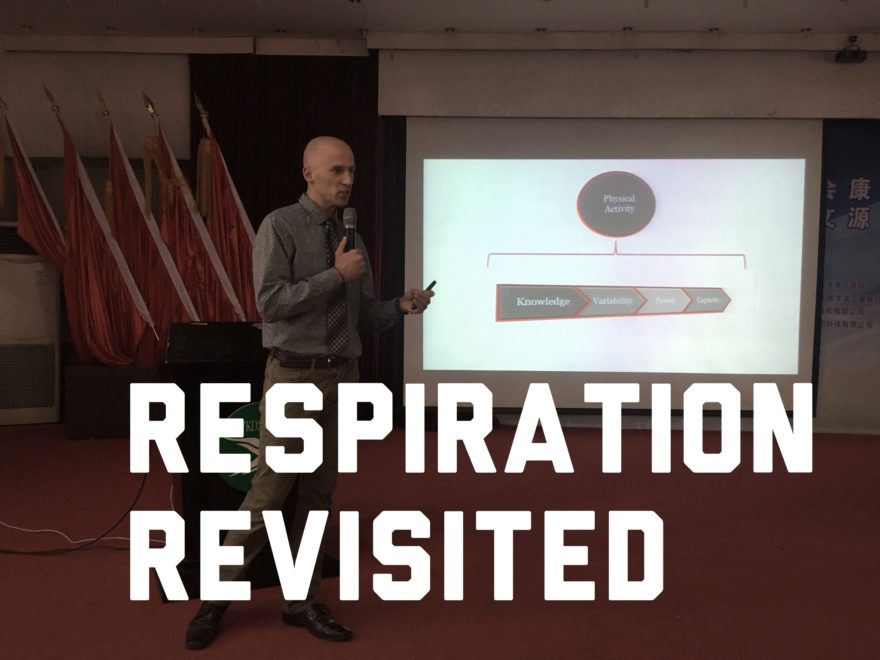
Respiration Revisited Preview
Respiration, and how it impacts movement, is a topic of dear interest to me. I scoured a bunch of resources…
Course Notes: Cantrell’s Myokin Reflections
Third Time’s a Charm Mike Cantrell was in my neighborhood to teach Myokinematic Restoration by the folks at PRI. And…
